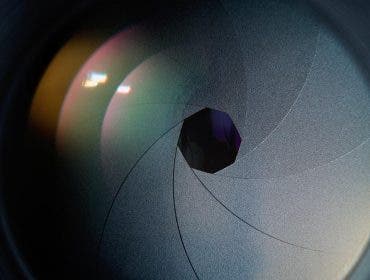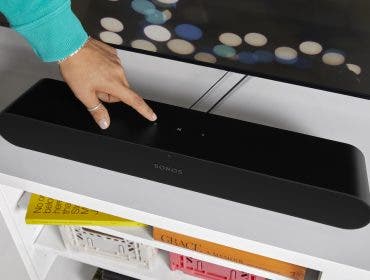OLED stands for “organic light emitting diode” and is a relatively new technology. As its name implies, an OLED screen has a unique panel consisting of an organic substance that glows with no need for a backlight. Each pixel emits its own light and can be controlled individually. This is the most significant feature of OLED technology.
While standard backlit panels dim the backlights to increase contrast and black levels, an OLED display can turn off individual pixels in black areas completely. This capability creates superior contrast and 100% black levels.

Basics of LCD, LED, and OLED
The most common display type used in consumer electronics is the LCD (liquid-crystal display) panel. It’s lit by a backlight panel consisting of white cathodes. Using a white backlight is a cost-effective way to make a display. However, it has some downsides such as limited color gamut (color range), resulting in more muted pictures.
To increase the image quality, manufacturers started using RGB LEDs to backlight LCD panels. That’s how LED (light-emitting diode) displays were born. In a nutshell, an LED is basically an LCD with an RGB backlight that creates deeper colors.
OLEDs take it a step further to enable emissive displays. Each pixel is controlled individually and emits its own light. This is unlike LCDs in which the light comes from a backlighting unit. OLED displays feature great image quality — bright colors, fast motion and, most importantly, very high contrast. This is most notable in its “real” black color, which cannot be achieved in LCDs due to the backlighting. The simple OLED design also means that it is relatively easy to produce flexible and transparent displays.
What to Consider When Looking for an OLED Display
Picture Quality and Color Performance
OLED screens perform better in dark rooms because they can produce true blacks. OLED is a clear winner in HDR (high dynamic range) readiness due to its uniformity and black picture performance. In terms of brightness, OLED can reach a peak level of 1,000 nits. Unlike other technologies, OLED monitors have a self-emissive panel, so they perform very well when viewed from side angles.
Response Time and Gaming Performance
If you plan to use your monitor primarily for console gaming, then response time will affect your overall gaming experience. OLED offers an instantaneous pixel response time for minimal motion blur in fast-paced games. They also support FreeSync technology, which reduces visuals issues such as screen lag and ghosting. If you demand the best gaming monitor on the market, then you should consider OLED as your first choice.
Consider these screen options for gaming:
Console Gaming with OLED Screen Technology
If you are a newcomer to the Switch, then the Nintendo Switch 64GB OLED Console is the model to get. It’s about $50 more than the original Switch, yet for that price tag, you get a notably improved display. There are also a few other tweaks that promise to make for the best Switch gaming experience. The most noticeable change — of course — is the 7-inch OLED screen, compared to the 6-inch LCD screen on the base model. The Switch OLED’s larger screen renders crisp images with vibrant colors and deep blacks. When you play a game with dark, detailed levels — such as the alien caverns of Metroid Dread or the rich interstellar environments of LEGO Star Wars: The Skywalker Series — the experience feels even more immersive than before.
Production and Design
While the selection to this point is slightly limited, an OLED monitor is often well worth the research and price. They can give you exceptional contrast, colors, and detailing that will be closer to what you will see in print. OLED technology is able to produce 100 percent sRGB and up to 99 percent of both DCI-P3 and Adobe RGB color ranges and a 1-million-to-1 contrast ratio. Certain models, such as the LG UltraFine 32″ OLED Pro Monitor, feature a Dynamic Action Sync mode for matching variable refresh rates from different sources to prevent burn-in and stuttering.

OLED Laptops
ASUS, MSI, HP, and various other manufacturers offer several laptops with an OLED display. They’ve performed very well, with sufficient brightness for day-to-day use, an excellent contrast ratio, and vibrant color performance.
Consider these laptops with OLED screens:
For more products, check out:






